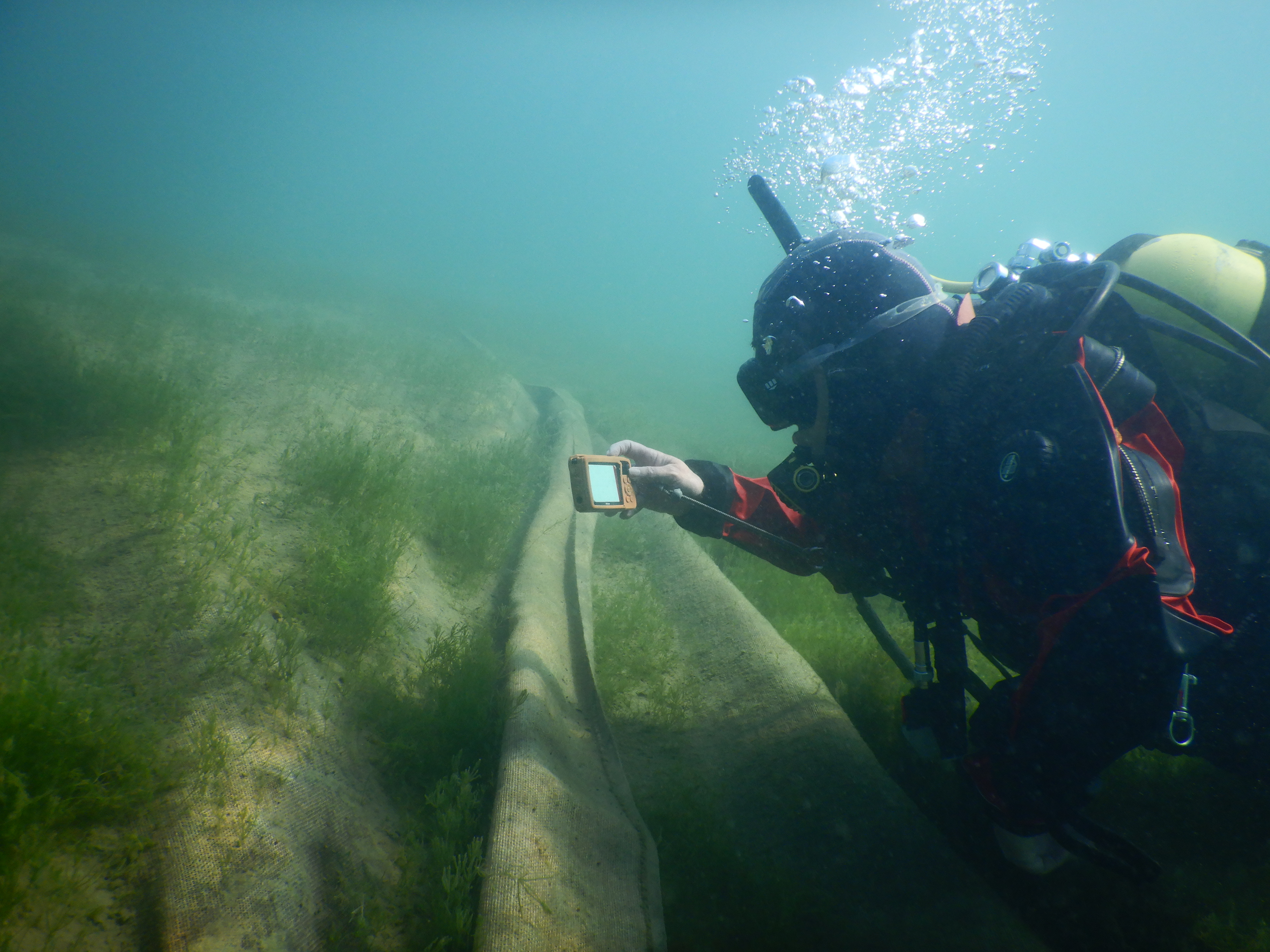Tide turns in battle against Lake Wānaka weed

14 November 2025, 4:04 PM
 Forty kilometres of shoreline has been successfully cleared of lagarosiphon.
Forty kilometres of shoreline has been successfully cleared of lagarosiphon.A more than two-decade-long campaign to reclaim Lake Wānaka from an invasive aquatic weed has reached a major victory, Land Information New Zealand (LINZ) says, with 40 kilometres of shoreline now successfully cleared.
“This milestone marks a real triumph for the beautiful Lake Wānaka ecosystem and for everyone who treasures this iconic place,” Land Information minister Chris Penk said.
“For the first time since 2013, Land Information New Zealand (LINZ) has been able to shift the lake’s containment line, the invisible boundary separating weed-free and infested waters, marking real progress in a long and determined fight to turn the tide in our favour.”
Lagarosiphon grows extremely quickly and forms dense, thick mats, and left unchecked it can choke waterways and smother native plants.
“All it takes for a new invasion is a tiny fragment carried by a boat, a fishing line, and lake users moving between different bodies of water,” Chris said.
This clearing work is funded by LINZ, Queenstown Lakes District Council (QLDC), and Otago Regional Council (ORC), with support from the Lake Wānaka Aquatic Weed Management Committee, which includes LINZ, QLDC, ORC, Department of Conservation, Guardians of Lake Wānaka, Kāi Tahu, Wānaka Marina Limited, and the Fish and Game Otago Region.
Chris said the clearing of lagarosiphon was “a testament to the sustained commitment” of LINZ, its partner agencies, local groups, and the wider community.
“Innovative control methods, particularly the use of hessian mats, have been vital on the frontlines, acting like underwater shields that suppress lagarosiphon while allowing native vegetation to regroup and reclaim ground.
Work to continue to control lagarosiphon in other parts of the lake will continue.
“Ultimately, the goal for LINZ is to keep pushing that containment line further south towards Roys Bay near the Wānaka township, and we will need every ally we can get,” Chris said.
“I want to acknowledge the lake users who have been diligent in checking, cleaning, and drying their gear and to urge them to keep up the good work,” he added.
“Their ongoing vigilance is crucial to preventing this aquatic enemy from regaining a foothold and to ensuring we maintain the progress we have made.”
PHOTO: NIWA






